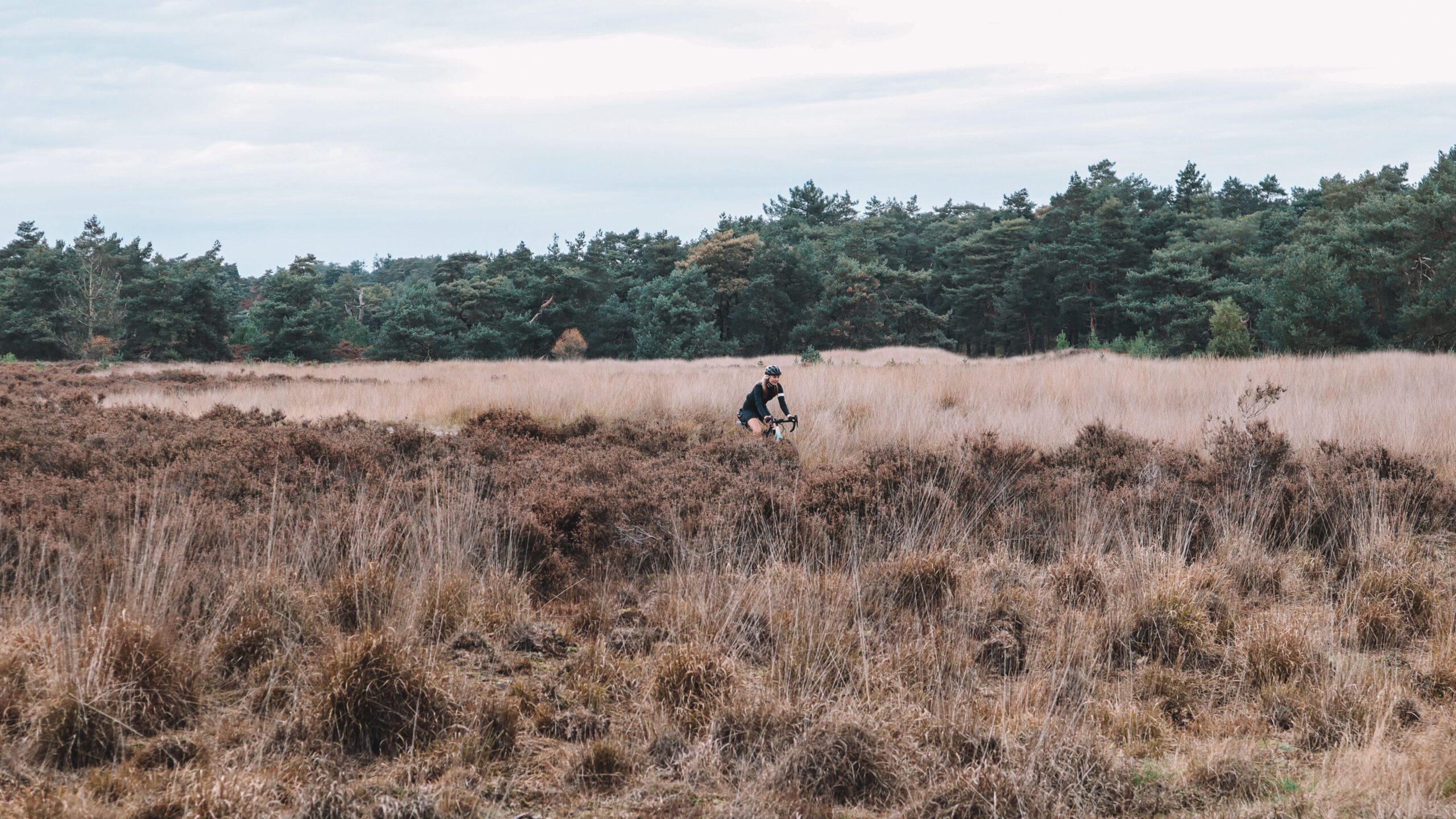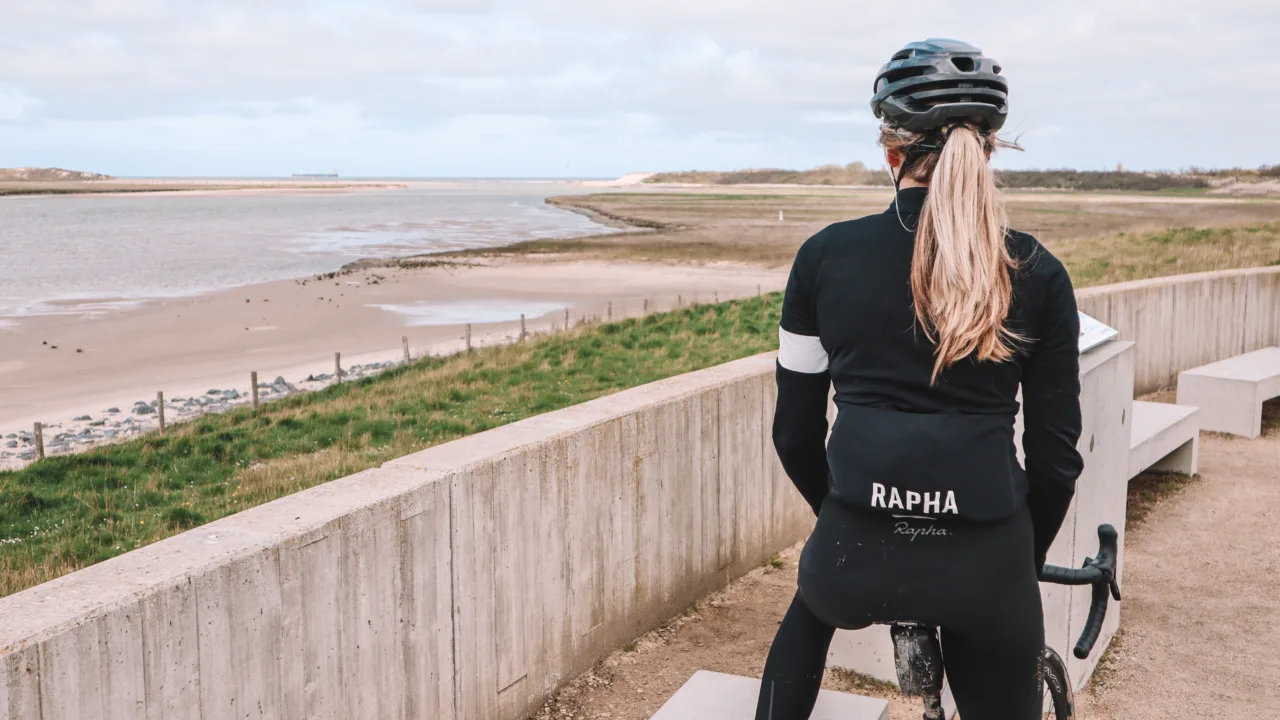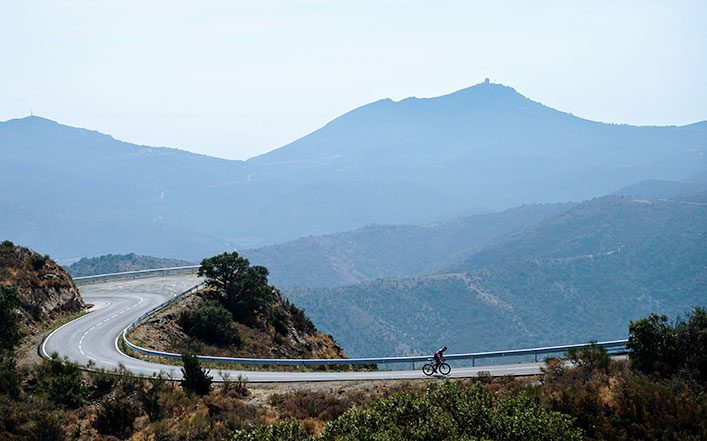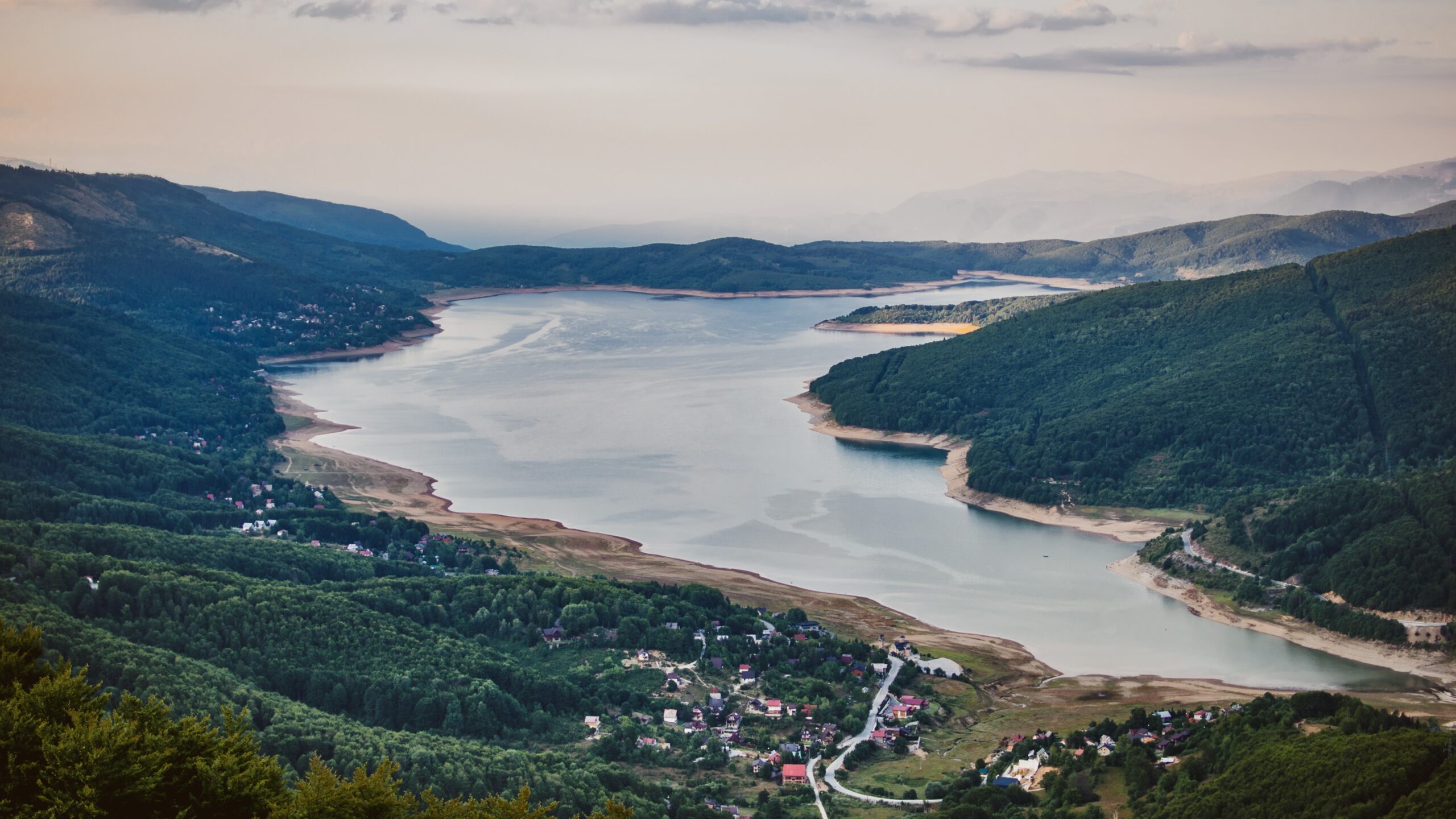It is now almost 20 years since I first got on a road bike. I had carefully selected my Ridley Pegasus with Shimano 105 group at the local bike shop. With the bike suit that came with it, I already felt like quite a rider. Those 200-kilometre rides I saw the men doing in the Tour were going to be a breeze. Until my first real ride. A round of the ring canal, for those familiar with Leiden. That's about 70 kilometres. After 35 kilometres I was broken. Demolished, empty. I really had no idea what I was doing. Cycling long distances, that's not nothing, I found out so quickly. That train ride from Schiphol Airport to Leiden, was one of those moments I wasn't going to forget anytime soon.
Text: Sander Kolsloot - Photos: Sander Kolsloot - Merlijn Spenkelink
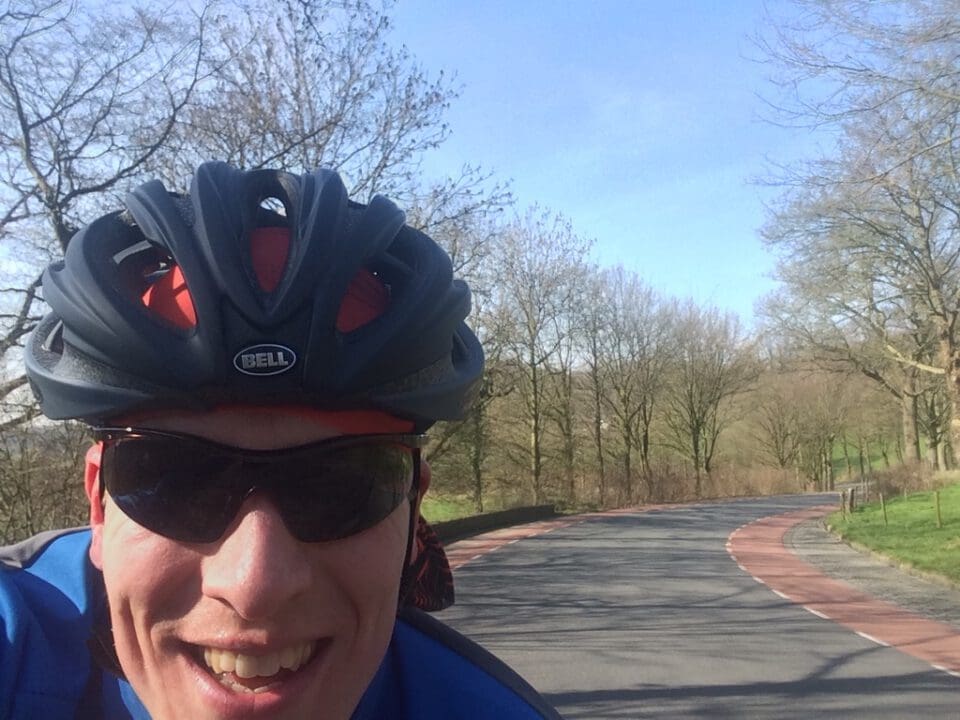
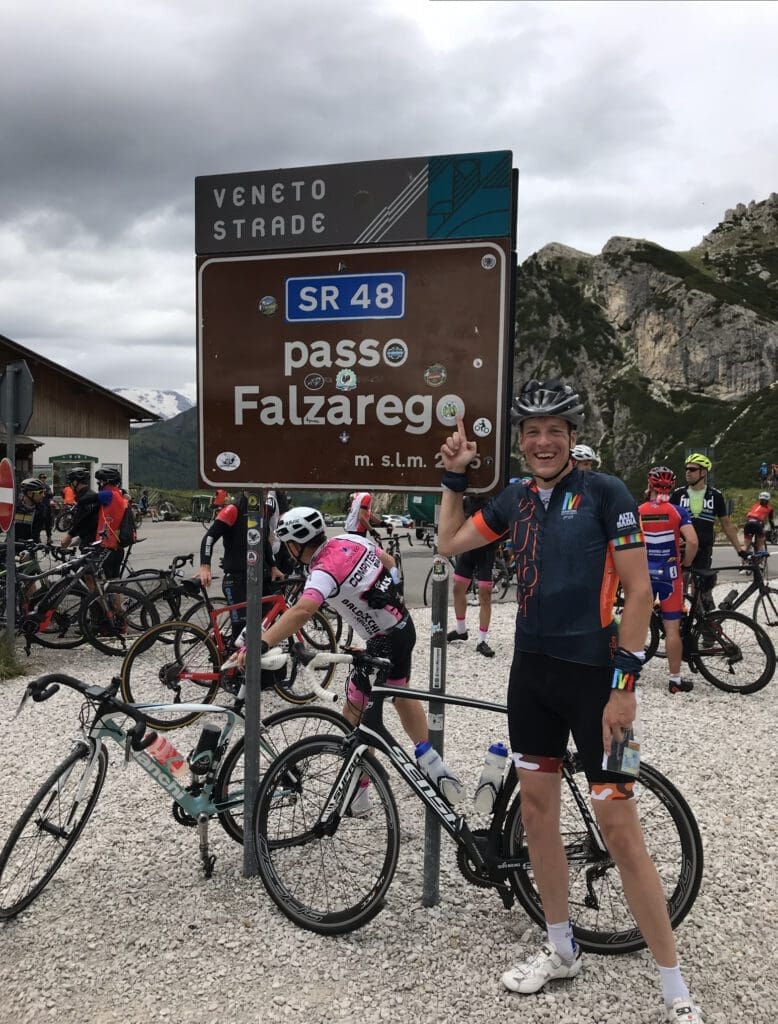
Where to start?
Fast forward to the present. By now I am not so anxious about long distances. What's hot! I don't go super fast then, but distance or altimeters is not a problem. For me, that did take some energy to get that right. Because although I can now easily ride 5,000 to 10,000 kilometres a year (with the necessary altimeters), earlier was a challenge. So where to start and what are useful tips and tricks when cycling long distances? I write them down, from my own experience. Do with it what you will and it is obviously not the 'absolute truth', but this has worked for me.
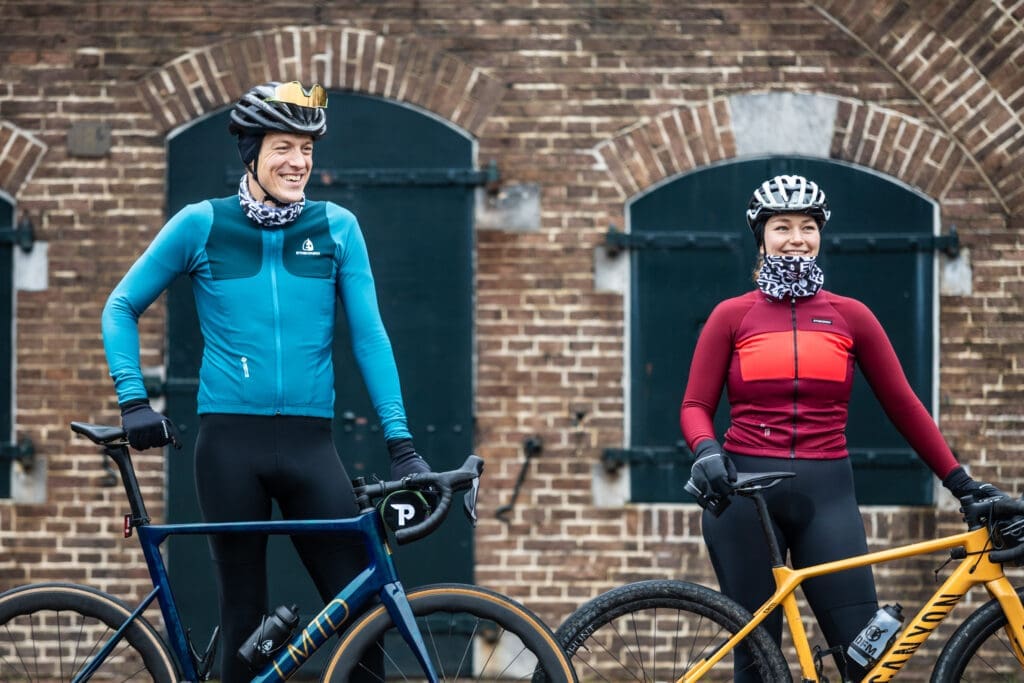
- Build up: it sounds like a huge open door. So start with a training plan. Cycling long distances requires stamina and strength. Start with short distances and gradually increase the distance and intensity of your rides. Listen to your body and avoid overtraining. Also use an app such as JOIN or Fondo. I myself cycled around at first, without any goal. It helps to set yourself a goal. that's also right...
- Setting goals. This is going to help you a lot! For example: I want to cycle 100 kilometres, in one go. Surely that is often a distance you can also set as a Strava goal. For that, you will soon want to 'do something' 2 or 3 times a week. Usually 1 more intensive training and besides that mainly endurance training. So a little longer and longer in the saddle. You can also easily make bigger steps through intervals. Also consider the possibility of cycling, say, 100 kilometres and doing that in several parts at first. Your subgoal is then to make the first part a bit longer each time. So: can you do 40km in 1 go? Next time 50km in 1 go? And so on. No matter what your big goal is, you can tackle this so easily. A tip from Aniek: 'you break the distance into two parts. Part 1 is cycling to the coffee stop (say 30km) and the other part is then back home.
- Food and drink: one of the things I've gone wet on myself before is eating too little and especially drinking too much. In the end, it's all about carbohydrate/sugar/calorie intake. You burn quite a few calories on a long endurance ride, which you don't get eaten quickly. You can opt for sports nutrition, although not everyone goes well on this form of 'ultra-processed-food'. If you want to get it from ordinary things: quick jellies do a lot, but also, for example, the Nak'd bars, which you can just get at the Appie. Also with drinking: everyone talks about electrolytes right away, but you might as well drink water for normal exercise. If you train sober, it can be nice to have a little water bottle of nutrition with you sometimes, for the last bit.
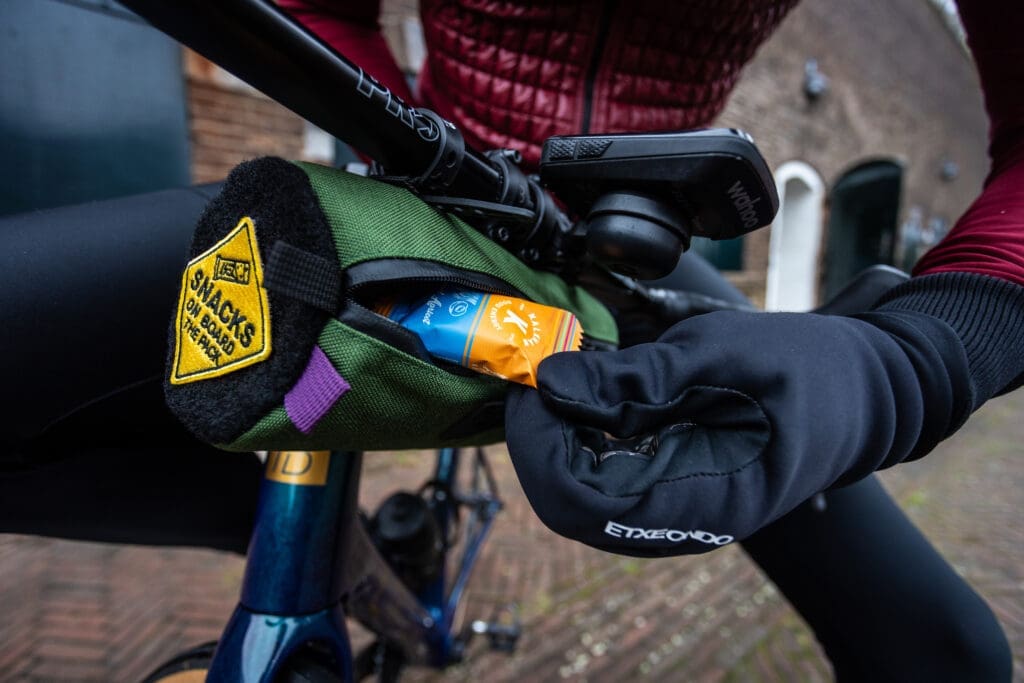
- Listen to your body: pains are obviously there when you exercise. Muscle pain is often the main pain you feel, but pain in your joints or your neck or your hands can indicate something else, such as the wrong position on the bike. Overuse is another cause of pains that have nothing to do with muscle pain. So if you are really sore, take a rest. This also comes back to point 1: if you are not used to suddenly exercising 3 or 4 times a week, your body may have a reaction. Listen to this.
- Endurance rides are monotonous. If you start cycling long distances, you should also learn to ride at 1 pace for longer. That takes less power. It also helps to cycle in a higher cadence. You often see (especially heavier/larger) men stumbling around in a cadence of 70-75. Nice for the average, but not nice for your knees and it takes strength. A cadence between 85 and 95 is the most efficient in this respect and can be maintained along.
- Alternate posture. This is often underestimated, but it helps to change your posture briefly when you are cycling. A rule I learned in the beginning was to get out of the saddle after every turn. Otherwise you sit in one position for a long time and your body doesn't like that. It is also nice to switch between 'in the stirrups' and on the brake levers or loosely on the handlebars.
- Ride along in a group: riding in a group is new, exciting on the one hand, but also very nice to cover longer distances quickly. In a group you naturally go faster, because of the advantages of staying and also the effect of dragging each other 'through it'.
- Look at the wind direction: if you are going to cycle a longer distance, the wind (especially in the Netherlands) is an important factor. It's best if you cycle the first part of your route with the wind behind you. Then, on the second part, you'll have the wind in your favour and you'll do even better. So also pay attention if you have a tailwind first.
- Enjoy! One of the most important things to get ahead is to also enjoy what you are doing. Look around you, make sure you can still talk normally when you are cycling (instead of being out of breath, trying to hold a conversation with your tongue over the handlebars). Then the kilometres will fly by and before you know it, you'll be sitting at home with a nice mileage, satisfied!
More tips? Also check out our page with tips for you as a (novice) cyclist.

